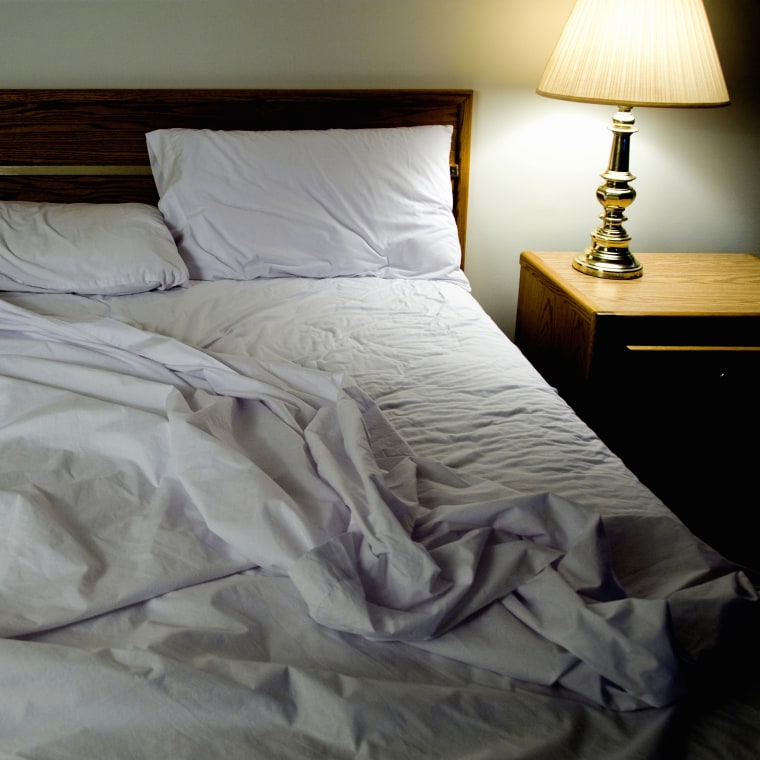Insomnia isn’t something that just happens at night.
Researchers have now shown that insomniacs have more active brains than sound sleepers, according to a report published Friday in the journal Sleep. That means sleeplessness may, in fact, have its roots in brain wiring that affects the way our minds work, no matter what time of day it is.
“We see insomnia now as more of a 24/7 disorder,” said Dr. Rachel Salas, an assistant professor of neurology at the Johns Hopkins University School of Medicine and lead author of the new study. “It’s like a light switch is continually on. So their brains are always running.”
Salas originally thought that sound sleepers would be the ones with more alert and plastic brains. (Brain plasticity basically means how neural pathways can be modified by experience or that it is able to adapt or grow.)
To prove the theory, Salas set up an experiment that compared 18 chronic insomniacs to 10 sound sleepers.
All of the study volunteers were hooked up to a device that sends magnetic waves through the skull and into the brain. Because transcranial magnetic stimulation (TMS) can be aimed a specific site, the researchers were able to target a point in the motor cortex that controls movements of the thumb.
Each magnetic pulse sparked an involuntary twitching of the digit. After 65 run-throughs with the TMS, study volunteers were asked to practice moving their thumbs on their own in a manner opposite to the one that was sparked by the TMS. So, for example, if the TMS sent volunteers’ thumbs flicking up and left, they would be asked to wiggle their digits down and right.
Then the researchers turned the TMS back on. The idea was to see if the volunteers’ brains had learned to move their thumbs in the new direction. If the thumbs flicked in the new direction, it showed brain plasticity — the ability to rewire connections.
Because poor sleepers often complain of tiredness and difficulty concentrating during the day, Salas and her colleagues expected insomniacs wouldn’t do as well as sound sleepers. But the opposite was true.
“It turned out that they have increased plasticity,” Salas said. “And typically that’s a positive thing. But too much of a good thing might not be that good. This supports the whole idea that these people are hyper aroused because increased plasticity means increased excitability.”
Brain excitability doesn’t mean that insomniacs are by nature more high strung or hot blooded, Salas said. It just means that their brains are sparking more.
That makes perfect sense to 22-year-old Tyler Knode, who has suffered from insomnia for the last two years. Knode often finds himself up at 3 a.m. checking emails and catching up on schoolwork.
In the wee hours, Knode said, “I’m as wide awake as I would be at 2 in the afternoon.”
Despite disrupted sleep, during the day “my mind is very active,” said the student from San Jose, Calif. “Things are running through my mind all the time. The same is true at night. I get deep into a train of thought and it’s hard to get out of it.”
The new research shows that scientists need to be more nuanced in their approach to sleeplessness, said neuroscientist Chris Colwell, a professor in the department of psychiatry at the University of California, Los Angeles.
“It’s a very clever study design,” Colwell said. “It supports what other authors have found in that these patients are having a hyper excitable nervous system. It’s the sort of thing you see in kids when they’re not getting enough sleep. They become hyper aroused.”
